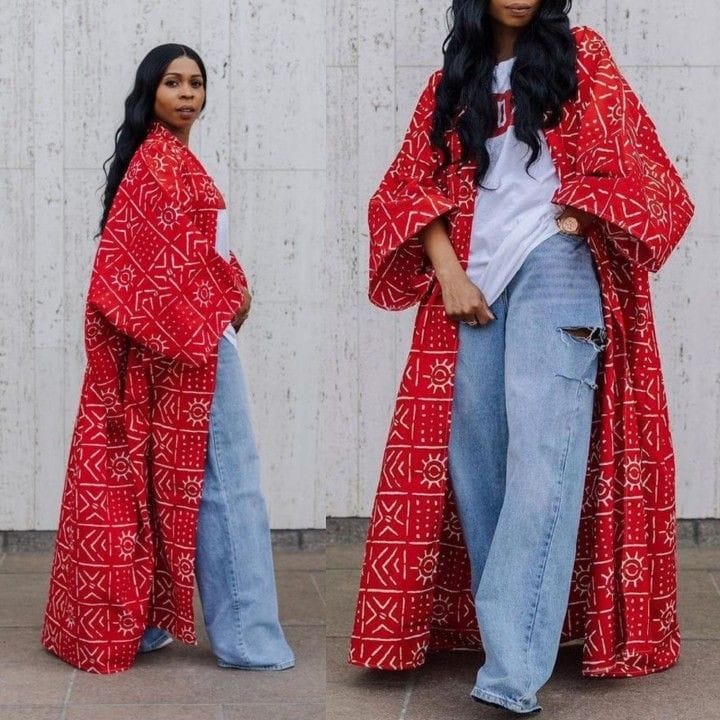MORE ABOUT THE KIMONO
Introduction:
The kimono, a traditional Japanese garment, has transcended cultural boundaries to become a symbol of timeless elegance in the world of fashion. Originating in Japan, the kimono has evolved from its roots as a traditional robe into a versatile and iconic piece that seamlessly blends tradition with modern style. This article explores the allure of the kimono, its rich history, and its continued influence on contemporary fashion.
A Glimpse into History:
The word “kimono” translates to “thing to wear,” and its history dates back over a thousand years. Originally worn as a symbol of social status and cultural identity, kimonos were crafted with meticulous attention to detail, showcasing intricate patterns, and vibrant colors. Over the centuries, the kimono has adapted to changing trends while preserving its cultural significance.
Design and Craftsmanship:
One of the most captivating aspects of the kimono is its exquisite craftsmanship. Traditional kimonos are made from silk and feature hand-painted or embroidered designs. The attention to detail in crafting a kimono is a testament to the dedication of artisans who have passed down their skills through generations. Modern variations often incorporate a mix of traditional and contemporary elements, creating a harmonious fusion of past and present.
Versatility in Style:
While rooted in tradition, the kimono has proven to be incredibly versatile in terms of style. Designers around the world have embraced the kimono’s silhouette, incorporating it into haute couture and ready-to-wear collections. The loose, flowing sleeves and wraparound style of the kimono offer a sense of comfort and sophistication that transcends cultural boundaries.
Cross-Cultural Influence:
The kimono’s influence extends far beyond Japan, inspiring designers globally to incoqrporate its elements into their creations. Western fashion houses have embraced the kimono’s elegance, reinterpreting its design in various forms. Celebrities and fashion influencers often don kimonos on red carpets, further cementing its status as a symbol of refined style.
Modern Interpretations:
Contemporary fashion has seen the kimono evolve into diverse styles and
interpretations. From casual streetwear to formal evening gowns, the kimono adapts effortlessly to different occasions. Designers experiment with fabrics, colors, and lengths, offering a wide range of options for fashion enthusiasts seeking a touch of cultural flair.
Cultural Appreciation vs. Appropriation:
While the kimono’s global popularity is a testament to its timeless appeal, there is an ongoing conversation about cultural appreciation and appropriation. It is essential to acknowledge and respect the cultural origins of the kimono while celebrating its beauty. Fashion enthusiasts and designers alike should approach the kimono with sensitivity, recognizing its cultural significance.
Conclusion:
In the world of fashion, the kimono stands as a symbol of cultural richness and timeless elegance. Its journey from traditional Japanese attire to a global fashion icon showcases the enduring allure of well-crafted garments. As designers continue to draw inspiration from the kimono, it remains a testament to the harmonious coexistence of tradition and modernity in the ever-evolving world of fashion.





